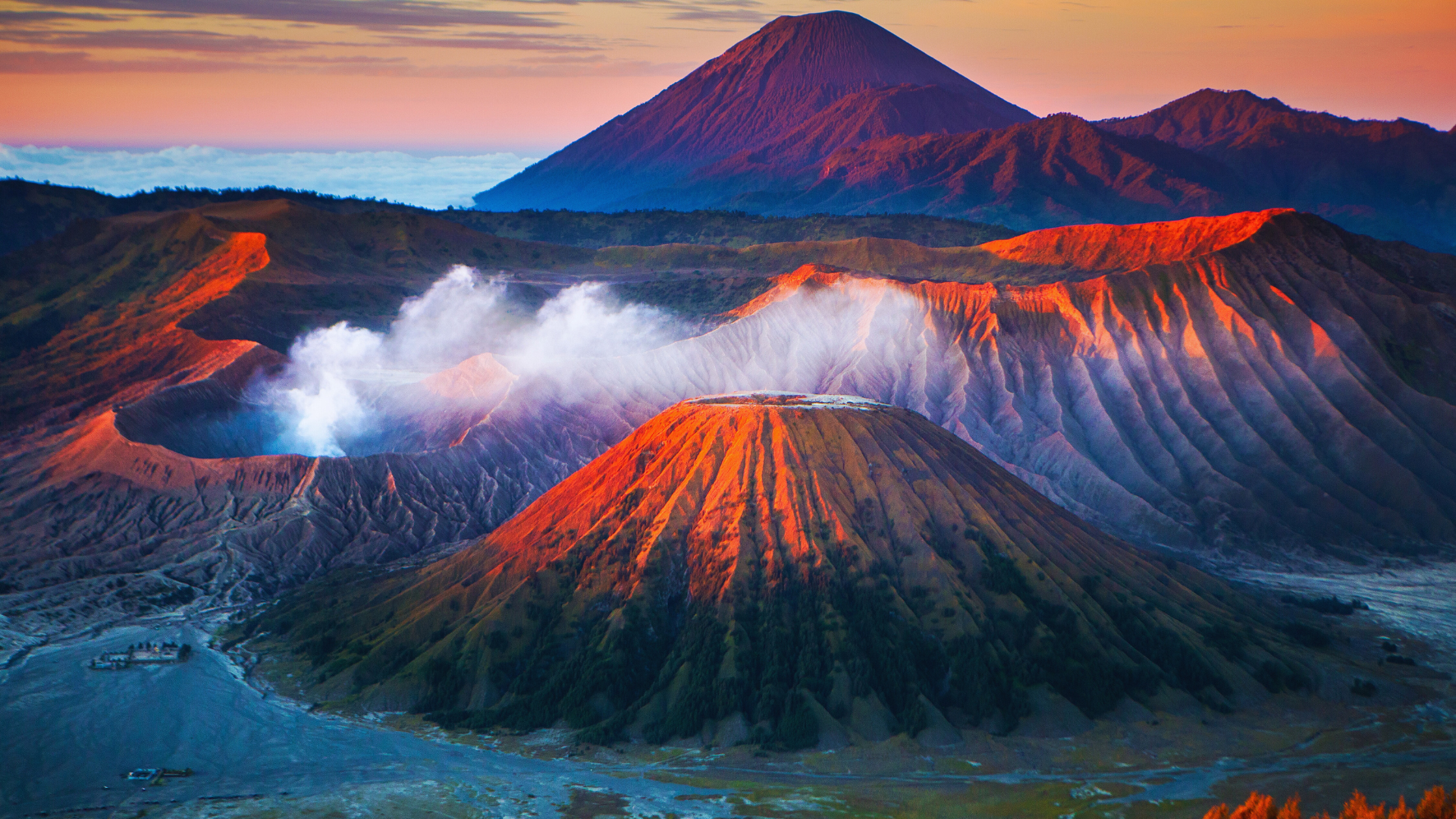Physical Address
304 North Cardinal St.
Dorchester Center, MA 02124
Physical Address
304 North Cardinal St.
Dorchester Center, MA 02124

Volcanic activity plays a crucial role in shaping Earth’s landscape and influencing its ecosystems. Through the eruption of volcanoes, new landforms are created, while existing ones are transformed, providing unique habitats for various species. Moreover, these geological phenomena have a direct impact on human life, affecting climate patterns, agriculture, and even urban development.
Understanding how volcanic activity shapes the environment offers insights into the planet’s dynamic nature. Volcanic eruptions contribute to soil fertility, as the ash enriches the land, supporting agriculture in regions surrounding volcanoes. Conversely, they can pose significant hazards, such as lava flows and ash clouds, which can disrupt communities and disrupt air travel.
The connection between volcanic activity and daily life extends beyond immediate effects. It influences everything from natural resource distribution to cultural practices in communities living near these powerful geological features. By exploring the various facets of volcanic activity, one gains a deeper appreciation for the forces that shape both the planet and human existence.
Volcanic activity is a key process in shaping the Earth’s landscape and affecting ecosystems. Understanding how volcanoes form, the different types of volcanoes, and their relationship with tectonic plates reveals the complexity of this natural phenomenon.
Volcanoes form primarily from the movement of magma, which is molten rock located beneath the Earth’s surface. As magma rises from the mantle, it can accumulate in magma chambers. When pressure builds up enough, it forces the magma to erupt through the Earth’s crust, resulting in volcanic activity.
This process often occurs at tectonic plate boundaries, especially in subduction zones, where one plate is forced beneath another. The melting of the descending plate creates additional magma, contributing to volcanic formation.
There are several types of volcanoes, with the most common being shield and stratovolcanoes.
Each type plays a distinct role in geology and affects the surrounding environment differently.
Tectonic plates are massive sections of the Earth’s crust that float on the semi-fluid mantle beneath. Their movements create various geological features, including volcanoes. Most volcanic activity occurs at boundaries, particularly where plates diverge or converge.
Subduction zones are crucial in this context. Here, one plate sinks into the mantle, creating pressure and generating magma. The Ring of Fire, a horseshoe-shaped area in the Pacific Ocean, exemplifies this phenomenon, hosting numerous active volcanoes due to the convergence of several tectonic plates.
This interplay between magma movement and tectonic dynamics illustrates the foundational aspects of volcanic activity.
Volcanic eruptions can lead to significant changes in the Earth’s environment. They influence global climate patterns, shape geological formations, and contribute to oceanic features. Each of these impacts plays a crucial role in the planet’s evolution and ecosystems.
Explosive eruptions release vast amounts of volcanic ash and gases such as sulfur dioxide into the atmosphere. These substances can form aerosols that reflect sunlight, leading to short-term climatic shifts. For instance, the eruption of Mount Pinatubo in 1991 resulted in a temporary drop in global temperatures by about 0.5°C.
Long-term effects can also occur, particularly during large-scale eruptions like the Deccan Traps or Mount Tambora. These events can contribute to climate change and even mass extinctions due to drastic alterations in oxygen levels and sunlight penetration.
Volcanic activity has shaped Earth’s geological history, creating features such as calderas and supervolcanoes. For example, the eruption of Yellowstone’s supervolcano has had lasting implications for regional geology.
Over millions of years, volcanic hotspots contribute to the formation of ocean ridges, influencing tectonic plate movements. The interplay between volcanic eruptions and geological formations has led to important changes in the Earth’s crust, which affects ecosystems and the survival of species.
Mid-ocean ridges and undersea volcanoes form through volcanic activity at tectonic plate boundaries. These underwater eruptions are critical for creating new oceanic crust and influencing marine biodiversity.
The release of heat and minerals from these volcanoes supports unique ecosystems that rely on chemosynthesis. Additionally, the eruptions contribute to nutrient cycles vital for ocean health. Understanding these processes helps in addressing climate change and conserving marine environments.
Volcanic activity significantly impacts human life, affecting both the environment and societal structures. From natural disasters to beneficial resources, the influence of volcanoes is multifaceted.
Volcanic eruptions can produce a range of hazards, including lava flows, pyroclastic flows, and volcanic ash clouds. These phenomena can lead to destruction of property, loss of life, and displacement of communities. For example, the eruption of Mount St. Helens in 1980 resulted in 57 fatalities and extensive damage.
Additionally, earthquakes often accompany volcanic activity, further complicating the risk to human life. As magma moves, it can create stress along fault lines. Communities near active volcanoes must develop disaster preparedness plans to mitigate risks associated with such sudden events.
Volcanic eruptions can profoundly affect ecosystems and biodiversity. The deposition of volcanic ash enriches soil, boosting agricultural productivity in some areas. Over time, ecosystems can adapt, leading to increased biodiversity.
Sulfur emissions from volcanoes can also influence climate by reflecting solar radiation and temporarily lowering temperatures. While eruptions can be catastrophic, they also allow for the regeneration of habitats. Thus, human societies may need to balance the risks and benefits of living near active volcanoes.
Volcanism provides numerous valuable resources. Geothermal energy, harnessed from the heat within the Earth, is a clean alternative to traditional fossil fuels. Regions near tectonic plate boundaries, like the Pacific Plate, often have abundant access to geothermal potential.
Igneous rocks formed from cooled lava are used in construction and landscaping. Additionally, volcanic regions are rich in minerals like olivine, which is essential for various industrial processes. The economic advantages of living near volcanoes can outweigh the hazards with proper management strategies in place.